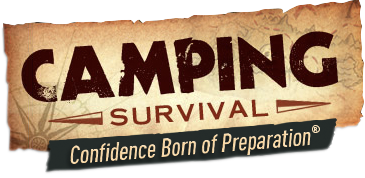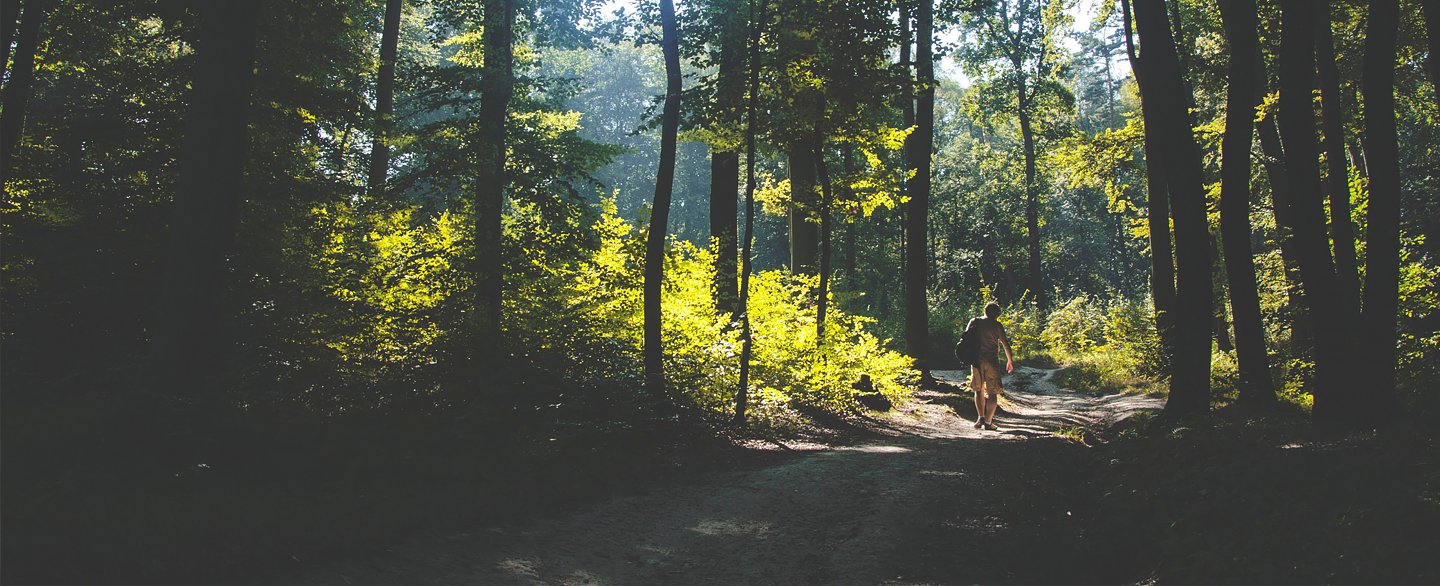While we don’t advocate going around eating leaves from trees and making tea from bark, we would like to tell you about some great uses for items you can find while out on a walk with your family.
These things have either been passed down from generation to generation or used in old-time medicine. None of these things have been tested through the FDA, so we are not recommending anything for medicinal use—just letting you know some facts about natural items you can find on a hike.
Another disclaimer is that we cannot possibly list everything out. There are thousands of uses for plants, trees, etc. We encourage you to find out as much as you possibly can about the things that grow in your region. That way if something happens while you are hiking and you need to forage for food, you will know what you can and cannot eat.
Here are just a few things you can find on a hike and what they have been used for in the past:
Birch Tree

Birch trees have a long and useful history with humans. They live around 50 years and have been known to live as long as 200 years.
The first thing you will notice about a birch tree is the bark, which peels off in strips. It makes wonderful firewood due to its density and the fact that it does not pop while burning. The bark is a wonderful fire starter, and Native Americans used it for all types of things including canoes, bowls, and wigwams. Birch bark has been used as paper for centuries. One of the oldest manuscripts written on bark date back to the 1st century CE.
The sap from birch is a traditional drink in Northern Europe, Russia, and China. It is also sold commercially and used to make birch syrup.
The bark of a birch contains substances such as betulin and betulin acid that are used in the pharmaceutical industry. The bark was also used as an old-time remedy for a stomachaches.
The bark of birch can be soaked in water and used as a cast. It’s also been used soaked in water and drank for headaches. The leaves of a birch tree contain vitamin c and have been known to clean your urinary tract and kidneys and are supposed to be good for kidney stones, gout, bladder infection and other ailments.
It is also said you can infuse the birch leaves in oil and use it to massage sore muscles, as it acts like an anti-inflammatory.
Willow Tree

Willow trees are easy to find as well. They are famously beautiful trees with spreading branches that hang down toward the ground.
If you want a nice, quick, hot fire, we recommend the willow. Though it tends to burn quickly, it will certainly warm you up. And though it is a hardwood, it tends to burn more like a softwood and it less dense than many softwoods.
White willow bark has been used for centuries as a treatment for fevers and for lowering pain. The bark contains salicin, which is converted to salicylic acid by the body.
Here are some of the claimed benefits of willow bark:
- Provides pain relief
- Acts as an anti-inflammatory
- Is a natural antioxidant
- Soothes upset stomach
- Eliminates migraines
- Relieves toothache
- Reduces fever
- Eases menstruation pain
- Treats back pain
- Is useful as a skincare agent
- Promotes heart health
- Promotes healthy digestion
- Removes warts
- Treats psoriasis
- Relieves sciatica pain
- Removes acne
We’d love to go through all the ways you can use willow to treat these issues, but that would take writing a book, so we recommend you look it up and find out not only the benefits of the willow tree, but how to make the item you want. Please do your research into the chemicals involved, as you may be allergic, so getting the advice of a health care professional is recommended.
We do recommend that if you are hiking and get a small injury you look for the willow tree, as it has antibacterial properties so you can apply it to the wound until it can be seen by a doctor, if necessary.
Moss

Another great item that is easily found on a hike is moss. It is sterile, so if you get a wound, clean it out and put some moss in it. Make sure you change out the moss every time you clean the wound
Moss also makes a great fire starter if you can find it dry. Carrying it around dry will ensure you have a way to light a fire when you get to the area and would like to do so.
Cover your shelter with moss because it is waterproof. If you have time, cut large sections of moss and put it on your roof. Within 24 hours they will be interconnected, and you will have an instant waterproof roof. In fact, if you look it up on YouTube, you will find people that have used it exclusively to waterproof their shelter.
Does it grow on a certain side of trees? Afraid not. Do not use where moss grows as a navigational tool or you will end up going in the wrong direction.
These are only three examples of how you can use the outdoors to either help with your shelter or cure what ails you. There are thousands more that can be found on the Internet and in books and card sets that identify plants and give you the benefit of them.
We recommend you find items that fit your region and then take a walk and find them. Enjoy the outdoors and learn while you do it.


2 comments
Had no idea. Herbs were my thing. Vegetation and such. Thanks. Will definitely get to reading on the willow.
Useful information, even with all of the caveats.